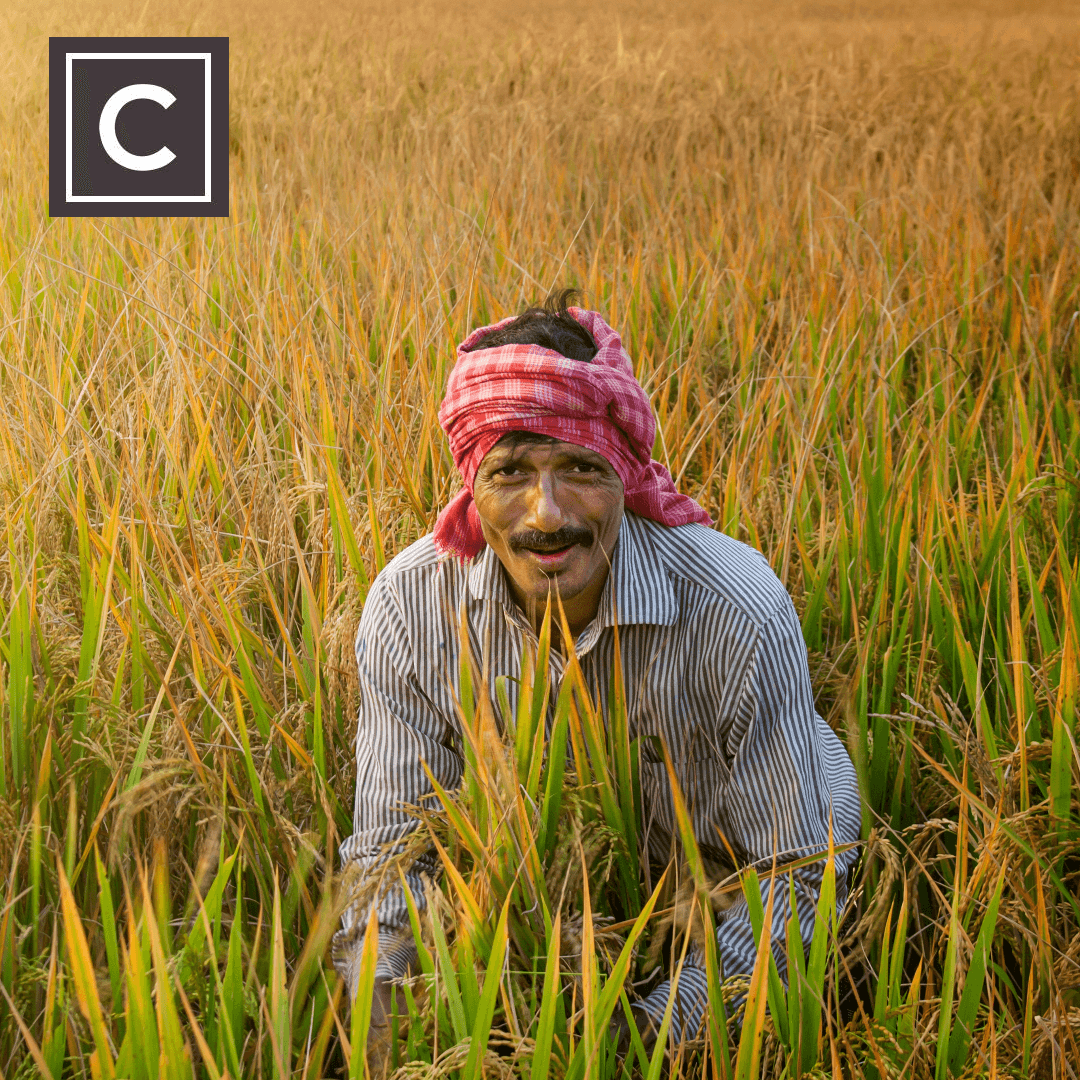Could India's Rice Export Ban Lead to Global Food Crisis?
Posted by Stelios on 6th Sep 2023 Reading Time:
As India partially bans rice exports, there's mounting concern about the potential global food crisis. The move by the Indian government aims to counter soaring domestic prices and increase local availability, but its ripple effects could be felt worldwide.
India, the globe's largest rice exporter, contributes 40% to the global trade of this essential staple. Over three billion people depend on rice as a primary food source, with the Asia-Pacific region alone consuming 90% of the world's rice supply. Last year, India shipped about 22 million tonnes overseas, including a substantial quantity of non-premium rice, now subject to the export ban.
The restriction has emerged in a climate of existing food supply stress. A war in Ukraine, adverse weather in key rice-producing nations like China and Pakistan, and falling production in regions ranging from the U.S. to the European Union, have already been nudging rice prices upwards. Following India's announcement, reports of panic buying and empty shelves in grocery stores from the U.S. to Canada have emerged.
Four primary varieties of rice dominate global trade:
- Long-grain Indica
- Aromatic rice like basmati
- Short-grained Japonica
- Glutinous or sticky rice
Among these, Indica white rice constitutes 70% of the trade volume, and its export from India has now been halted.
"The timing couldn't have been worse," says Shirley Mustafa, a rice market analyst at the UN's Food and Agriculture Organisation (FAO). Rice prices have escalated by 14% since last year, and new crops are not due for another three months. Adverse weather in South Asia and increased fertiliser prices have already strained supplies, while high inflation and devalued currencies have escalated costs for importing countries.
Despite having a surplus of 41 million tonnes of rice in public granaries, more than triple its buffer requirement, India faces domestic challenges, including a 30% rise in domestic rice prices since last year and upcoming general and state elections.
The countries that could be hardest hit are China, the Philippines, Nigeria, and "swing buyers" like Indonesia and Bangladesh, who increase imports during domestic shortfalls. According to the International Food Policy Research Institute (IFPRI), over half of the rice imports in approximately 42 countries are from India. For some African nations, this figure exceeds 80%.
Devinder Sharma, an agriculture policy expert in India, suggests the ban is a precaution against potential production shortfalls due to weather risks, including the El Nino phenomenon expected later this year.
IMF chief economist Pierre-Olivier Gourinchas estimates that global grain prices could rise by up to 15% this year due to the ban. Ashok Gulati and Raya Das of the Indian Council for Research on International Economic Relations (ICRIER) warn that the move could tarnish India's reputation as a reliable supplier and urge it to refrain from abrupt bans.
This action raises serious concerns about food security, especially in developing countries where rice is a significant part of the diet. It also adds to a growing list of nations imposing export bans on essential foodstuffs. This trend has accelerated since last year's Russian invasion of Ukraine and the early stages of the COVID-19 pandemic.
As nations grapple with these challenges, all eyes will be on India to see whether the export ban proves temporary or triggers more widespread disruption.
 Sources:
Sources:
Global rice shortage is set to be the biggest in 20 years (CNBC)
Why India's rice ban could trigger a global food crisis (BBC)
India bans rice shipments to curb price rises (BBC)



